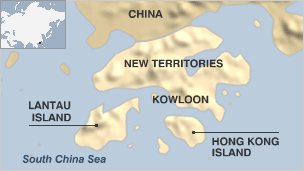Hong Kong: Why did the United Kingdom return Hong Kong to China?
The transfer of sovereignty over Hong Kong from the United Kingdom to China, referred to as “the Handover” internationally or “the Return” in China, took place on 1 July 1997, and marked the end of British rule in Hong Kong.
Hong Kong’s territory was acquired from three separate treaties:
1. Treaty of Nanking in 1842
2. Treaty of Beijing in 1860
3. Convention for the Extension of Hong Kong Territory in 1898

1. These treaties gave the UK the control of Hong Kong Island, Kowloon (area south of Boundary Street), and the New Territories (area north of Boundary Street and south of the Shenzhen River, and outlying islands), respectively.
2. Although Hong Kong Island and Kowloon had been ceded to the United Kingdom in perpetuity, the control on the New Territories was a 99-year lease.
3. The finite nature of the 99-year lease did not hinder Hong Kong’s development as the New Territories were combined as a part of Hong Kong. By 1997, it was impractical to separate the three territories and only return the New Territories.
4. In addition, with the scarcity of land and natural resources in Hong Kong Island and Kowloon, the New Territories were being developed with large-scale infrastructures and other developments, with the break-even day lying well past 30 June 1997.
Thus, the return of the New Territories after the expiry of the 99-year lease became important for Hong Kong’s economic development.
